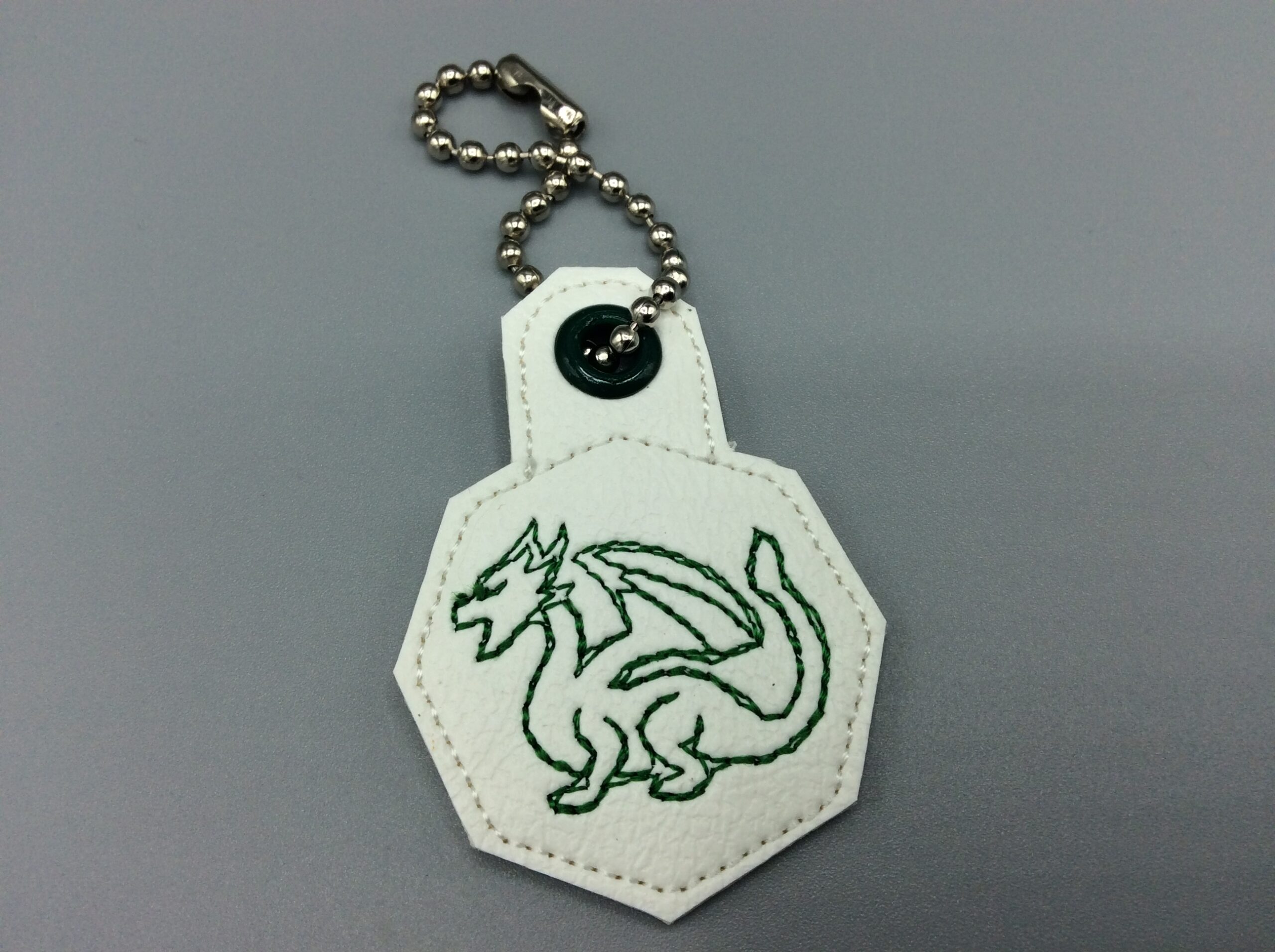Centerline tracing


At some point when I wasn’t looking, Inkscape snuck in a centerline tracing function. I used to have a plugin that did it, with mixed success, but now it’s built in.

It does a surprisingly good job on it, even at the default settings. Stitching it out at 2.5″ wide would yield something like this, with one caveat: it traces as a lot of short segments, and to get this result takes 143 trims. The Ink/Stitch devs have been looking at pathing optimizers (like the one the Cameo plugin uses) which might or might not be able to connect this into a smooth stitching path. Until then, it’d still take a lot of work to convert this into a decent embroidery design.

Even with automatic pathing, there’s still a fair amount of cleanup that needs done. The left headknob, for instance, is broken up because the algorithm didn’t recognize it as a single shape like (mostly) happened with the right one. The claw points on the wings are more of an inverted Y than a V. And so forth – look closely at designs you’re buying from bulk vendors on Etsy and the like and you’ll be able to tell if it’s someone churning out automated conversions or producing polished designs. The latter is worth paying for; the former you can do yourself.
Ironically, this won’t help with things like the design I used for the dragon dangle, which was already an SVG but not a single-line version. Or it will, but I’d have to convert it to bitmap, trace it in centerline mode, and then clean it back up. If you’re doing that, convert it to a fairly large bitmap for best results.
(No, I didn’t pick a Pernese dragon on purpose: that’s literally the first result for a DuckDuckGo search for dragon line art. It’s floating around coloring-book pages uncredited and neither a Tineye nor a Google Images reverse lookup can find the original artist’s page. I don’t intend to turn this into a proper embroidery design for that reason.)
